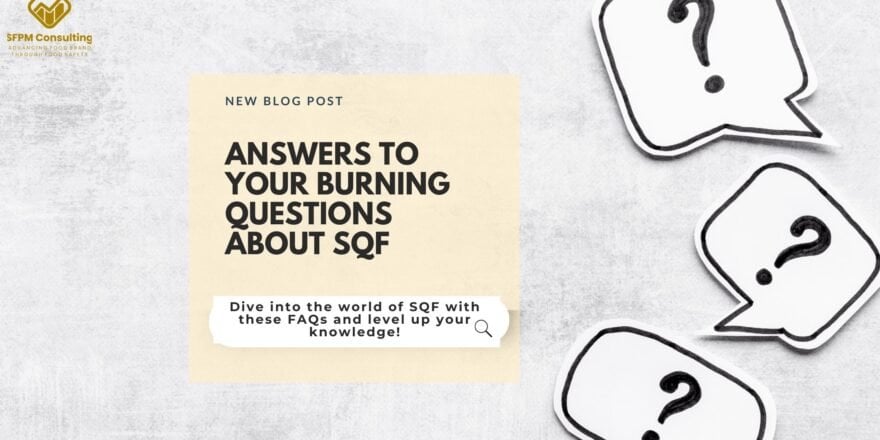
Ensuring compliance with labelling regulations is crucial when manufacturing and distributing food products in the United States. Product labels provide important information to consumers and play a significant role in meeting legal requirements. In this guide, we will explore the key aspects of product labelling and nutrition review for food importers and manufacturers.
Understanding Product Labels
A product label is a communication tool between the manufacturer and the consumer. It provides essential information about the product, including its ingredients, nutritional content, allergens, and product claims. Understanding the components of a product label is essential for ensuring compliance and consumer safety.
Product Label Components
- Product Name: Clearly state the product’s name on the label.
- Ingredients List: Include a list of all ingredients in descending order of predominance by weight.
- Nutrition Facts Table: Provide accurate information about the nutritional content of the product, including serving size, calories, and the amounts of various nutrients.
- Allergen Declaration: Highlight any allergens present in the product, as specified by the Food and Drug Administration (FDA). Remember, sesame has just been added to the list of major allergens in the US.
- Net Quantity: Indicate the net weight or volume of the product.
- Manufacturer’s Information: Include the name and address of the manufacturer or distributor.
- Product Claims: Make sure any claims on the label are truthful and not misleading.
The Importance of Nutrition Facts Table
The Nutrition Facts Table is a crucial element of the product label, providing consumers with detailed information about the product’s nutritional content. It helps individuals make informed choices based on their dietary needs and preferences.
The Nutrition Facts Table should include information on calories, total fat, saturated fat, trans fat, cholesterol, sodium, total carbohydrates, dietary fibre, sugars, and protein. As the FDA specifies, it is important to accurately calculate and present this information per serving size.
Manufacturers and distributors must ensure that the information provided in the Nutrition Facts Table is accurate and meets the FDA’s requirements. Regular review and updates are necessary to reflect product formulation or nutritional content changes.
US Food Label Review and Compliance
Before introducing a new product or making changes to an existing one, conducting a thorough label review is essential. This ensures compliance with the FDA’s regulations and prevents any potential issues arising from non-compliant labelling.
During the label review process, consider the following:
- Accuracy: Verify that all information on the label is accurate and up-to-date.
- Allergen Declaration: Ensure that any allergens present in the product are clearly indicated.
- Claims Review: Review any claims made on the label to ensure they are truthful, substantiated, and comply with FDA regulations.
- Formatting and Design: Pay attention to the formatting and design of the label to ensure it is clear, legible, and prominently displays the required information.
Be sure to document your label review and compliance to meet requirements for the country of manufacturing and sales.
Need a Product Label Review template?
Download the product label review template and product list template on our store.
Product Label Review for Food Importers and Exporters
Complying with labelling regulations is of utmost importance for food importers and exporters. When importing food products into the United States, it is essential to review the labels to ensure they meet FDA requirements.
Do not assume that your product labels comply because similar products have the same label details or claims. The regulatory body does not approve most food labels. By following a food importer or manufacturer that does not follow FDA regulations, you put yourself at risk of product label non-compliance.
Remember, accurate and compliant product labeling builds trust with consumers and helps them make informed choices about the food they consume. Stay up-to-date with the FDA’s regulations and guidelines to ensure continued compliance and success in the food industry.



